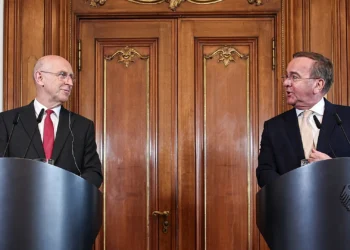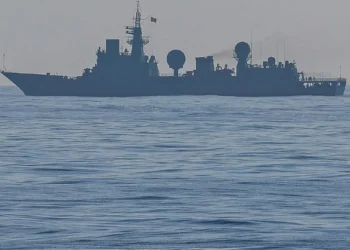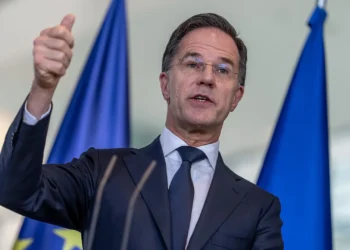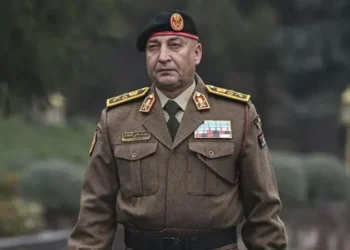BRUSSELS (Realist English). Europe’s roads, railways, and bridges are not capable of supporting the rapid movement of troops and heavy military equipment in the event of war with Russia, EU transport commissioner Apostolos Tzitzikostas has warned, calling the situation a critical weakness in the continent’s defense posture.
“If NATO tanks were called to respond to an attack on the EU’s eastern border, they would be stuck in tunnels, collapse bridges, or get held up by border bureaucracy,” Tzitzikostas told the Financial Times. “We simply cannot defend Europe if we can’t move our armies quickly.”
Tzitzikostas is spearheading a €17 billion plan to upgrade military mobility infrastructure across the bloc, including 500 strategic projects aimed at strengthening four key corridors running across Europe. The projects, developed in consultation with NATO commanders, remain classified for security reasons.
“We have old bridges that must be reinforced, narrow bridges that must be widened, and in some cases, entire bridges that don’t exist yet but are urgently needed,” he said. Many of Europe’s roads were not built to carry the weight of 70-ton tanks, which far exceed the typical 40-ton capacity of commercial trucks.
From weeks to hours: a wartime mobility doctrine
Tzitzikostas said the objective is to cut deployment times from weeks to hours in case of a Russian attack. “The current reality is that moving troops and equipment from western to eastern Europe can take weeks — even months. That’s unacceptable.”
The strategy will also include cutting cross-border red tape, ensuring that “tanks don’t get stuck in paperwork,” he said. The plan will be formally unveiled later this year as part of a broader effort to prepare Europe for a potential high-intensity conflict.
In June, incoming NATO Secretary-General Mark Rutte warned that Russia could launch an attack on a member state by 2030, accelerating discussions across Europe about readiness and self-sufficiency.
A rearmament agenda — with uncertain funding
The military mobility initiative is part of the EU’s broader €800 billion rearmament drive, launched in response to growing threats from Moscow and persistent demands from U.S. President Donald Trump for Europe to take greater responsibility for its defense.
The European Commission’s draft budget for 2028–2034 includes a proposed €17 billion earmark for military transport upgrades. However, senior EU diplomats caution the figure could be reduced during tense negotiations between member states.
Tzitzikostas emphasized that the mobility plan would support NATO’s recent pledge to increase defense spending to 5% of GDP, including 1.5% dedicated to dual-use infrastructure like roads, ports, and railways that can support both civilian and military logistics.
“We can no longer afford to be unprepared or dependent on others,” he said. “Europe must become capable of defending itself — not in principle, but in practice.”


















